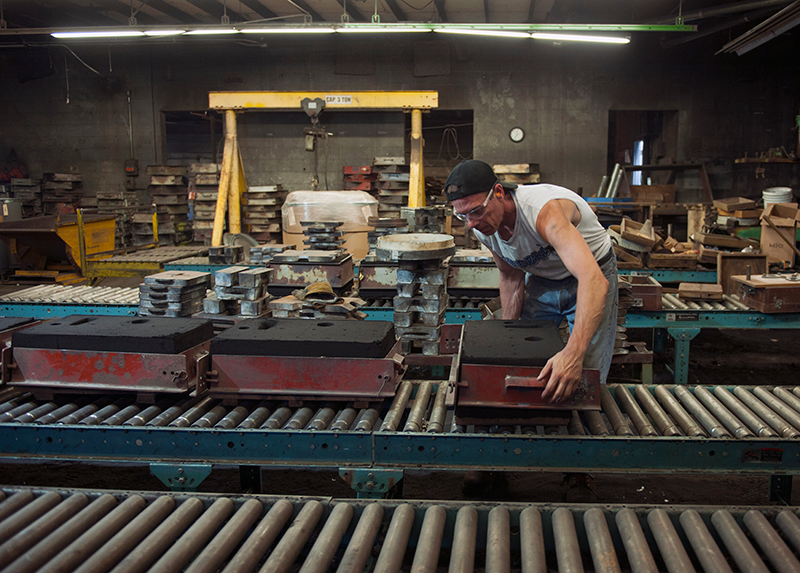
Sand casting, also known as sand molded casting, is a process used to create metal parts by pouring molten metal into a sand mold cavity. The basic principle behind sand casting involves shaping a cavity in sand matching the shape of the metal part to be produced. Once the mold is prepared, molten metal is poured into the cavity and allowed to solidify, resulting in the formation of the desired metal component.
Versatility: Sand casting can accommodate a wide range of metals and alloys, making it suitable for diverse applications.
Cost-effectiveness: The relatively low cost of sand and the simplicity of the casting process contribute to its cost efficiency.
Complex Geometry: Sand casting allows for the production of intricate and complex shapes with relative ease.

Surface Finish: The surface finish of sand cast parts may require additional finishing operations to achieve desired smoothness.
Tolerance and Dimensional Accuracy: Achieving tight tolerances and precise dimensional accuracy may be challenging compared to other casting methods.
Pattern Creation: A pattern, typically made of wood or metal, is created to replicate the shape of the final metal part. This pattern serves as a template for the mold cavity.
Mold Preparation: The pattern is placed in a flask, and fine sand is packed around it to create an impression of the pattern, forming the top and bottom halves of the mold.
Core-Making (if necessary): Cores, which are inserts used to create internal features in the casting, may be produced separately and inserted into the mold to form internal cavities.
Closing the Mold: After the sand has been compacted around the pattern, the two halves of the mold are securely clamped together, creating a complete enclosure for the molten metal.
Pouring and Solidification: Molten metal is poured into the mold cavity, filling the space previously occupied by the pattern. The metal is then allowed to cool and solidify within the mold.
Mold Breakout: Once the metal has solidified, the mold is removed, and the sand is broken away from the casting, revealing the final metal part.

Sand casting is employed across a wide array of industries, including automotive, aerospace, construction, and general manufacturing. It is commonly used for the production of components such as engine blocks, cylinder heads, pipe fittings, and more. The versatility and cost-efficiency of sand casting make it an attractive choice for manufacturers seeking to produce medium to large-sized metal components.
In conclusion, sand casting is a foundational process in the realm of metal component production, offering a flexible and economical means of creating intricate metal parts. By understanding the principles of sand casting and the techniques involved in making sand casting molds, manufacturers can harness this method to produce high-quality components for various applications.